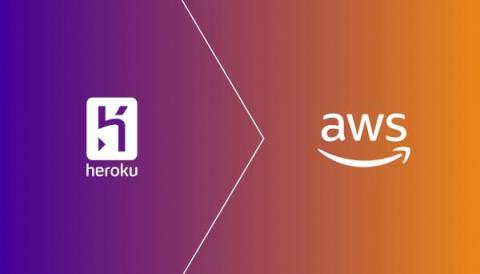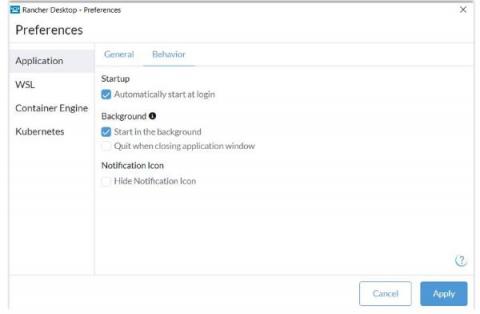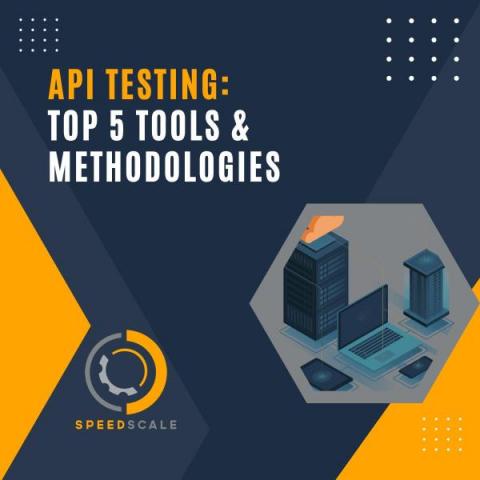Operations | Monitoring | ITSM | DevOps | Cloud
Latest News
Understanding Azure Blob Storage Pricing: Key Factors, Tradeoffs, and Challenges
Azure Blob Storage is a scalable, cost-effective storage solution provided by Microsoft Azure. It is designed for storing massive amounts of unstructured data, including text, images, videos, and more. One of the key benefits of using Azure Blob Storage is its flexible pricing model, which allows users to pay for only the storage capacity and features they need.
Rancher Desktop 1.8: Now with Additional Configuration Options and More
We are pleased to announce that a new Rancher Desktop version with additional configuration options, deployment profiles, a gvisor-based networking stack on Windows and several other improvements has just been released!
5 tips on how Developers, DevOps and security teams can work together
Get data-driven executive communication out of the box with Reliability Insights
How to Set Up a GitHub Profile README
What’s up!? My name is Mikaela Caron, I’m an iOS Engineer at Lickability, and also a freelance developer, GitKraken Ambassador, and content creator. I make content on YouTube, Instagram, and Mastodon / Twitter about iOS development and freelancing. I also organize a monthly online meetup called iOS Dev Happy Hour. I wrote this article to explain the benefits of having a profile README, how to create your own, and show a few examples of public profiles.
Static analysis tools: Everything you need to know
What happens when you free DevOps pros from cost management?
Azure Data Lake Storage: Analyzing Key Factors and Costs for Optimized Storage Solutions
Azure Data Lake Storage (ADLS) is a highly scalable and cost-effective storage solution provided by Microsoft Azure for big data analytics. ADLS can handle structured and unstructured data, making it a popular choice for businesses looking to optimize their cloud storage management. In this article, we will provide a comprehensive analysis of the key factors that impact costs in Azure Data Lake Storage.











